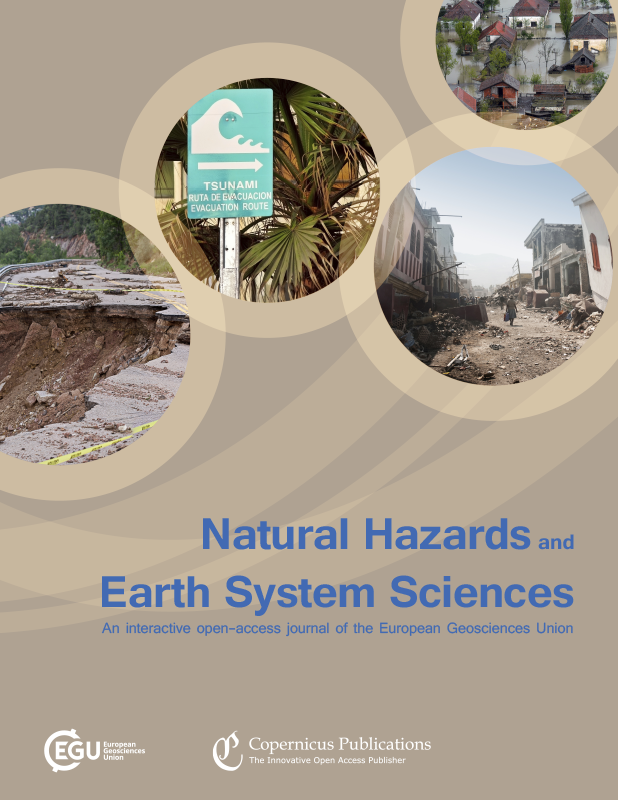A modified tank model including snowmelt and infiltration time lags for deep-seated landslides in alpine environments (Aggenalm, Germany)
Wen Nie1, Michael Krautblatter1, Kerry Leith1, Kurosch Thuro2, and Judith Festl3
1Landslide Research, Faculty of Civil, Geo and Environmental Engineering, Technische Universität München, Munich, Germany
2Engineering Geology, Faculty of Civil, Geo and Environmental Engineering, Technische Universität München, Munich, Germany
3Baugeologisches Büro Bauer GmbH, Domagkstraße 1a, 80807 Munich, Germany
Natural Hazards and Earth System Sciences, Volume 17, Issue 9, 2017, pp.1595-1610

Abstract
Deep-seated landslides are an important and widespread natural hazard within alpine regions and can have significant impacts on infrastructure. Pore water pressure plays an important role in determining the stability of hydrologically triggered deep-seated landslides. Based on a simple tank model structure, we improve groundwater level prediction by introducing time lags associated with groundwater supply caused by snow accumulation, snowmelt and infiltration in deep-seated landslides. In this study, we demonstrate an equivalent infiltration calculation to improve the estimation of time lags using a modified tank model to calculate regional groundwater levels. Applied to the deep-seated Aggenalm landslide in the German Alps at 1000-1200 m a. s. l. , our results predict daily changes in pore water pressure ranging from -1 to 1.6 kPa, depending on daily rainfall and snowmelt, which are compared to piezometric measurements in boreholes. The inclusion of time lags improves the results of standard tank models by ˜  36 % (linear correlation with measurement) after heavy rainfall and by ˜ 82 % following snowmelt in a 1-2-day period. For the modified tank model, we introduced a representation of snow accumulation and snowmelt based on a temperature index and an equivalent infiltration method, i.e. the melted snow-water equivalent. The modified tank model compares well to borehole-derived water pressures. Changes of pore water pressure can be modelled with 0-8 % relative error in rainfall season (standard tank model: 2-16 % relative error) and with 0-7 % relative error in snowmelt season (standard tank model: 2-45 % relative error). Here we demonstrate a modified tank model for deep-seated landslides which includes snow accumulation, snowmelt and infiltration effects and can effectively predict changes in pore water pressure in alpine environments.
Citation:
Nie, W., Krautblatter, M., Leith, K., Thuro, K., and Festl, J.: A modified tank model including snowmelt and infiltration time lags for deep-seated landslides in alpine environments (Aggenalm, Germany),
Full Text
Click Here Or Click Here Or Click Here
ليست هناك تعليقات:
إرسال تعليق